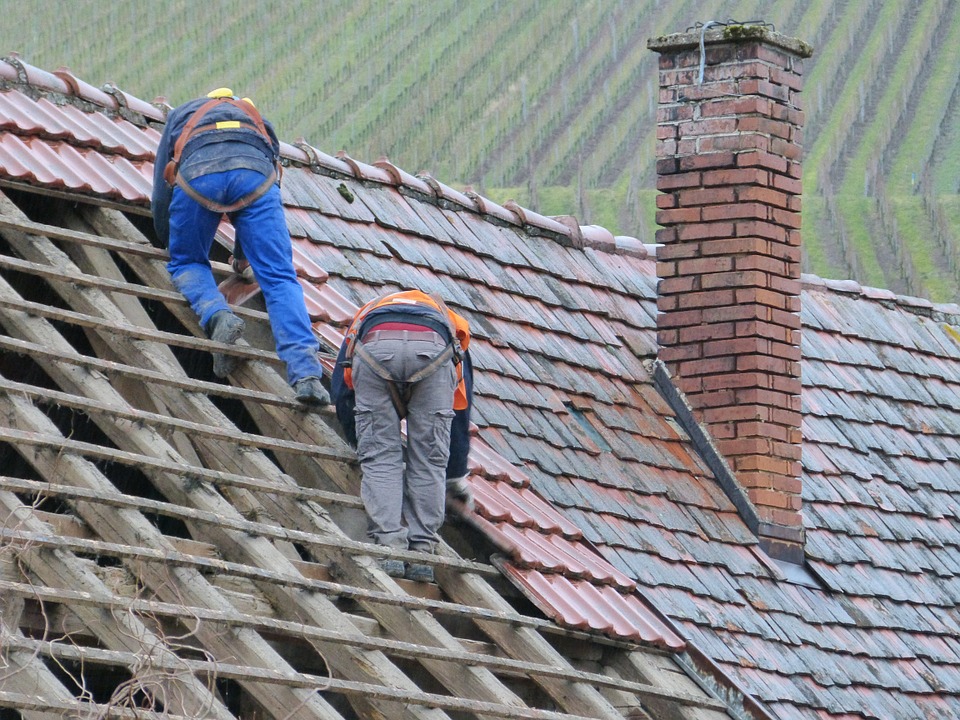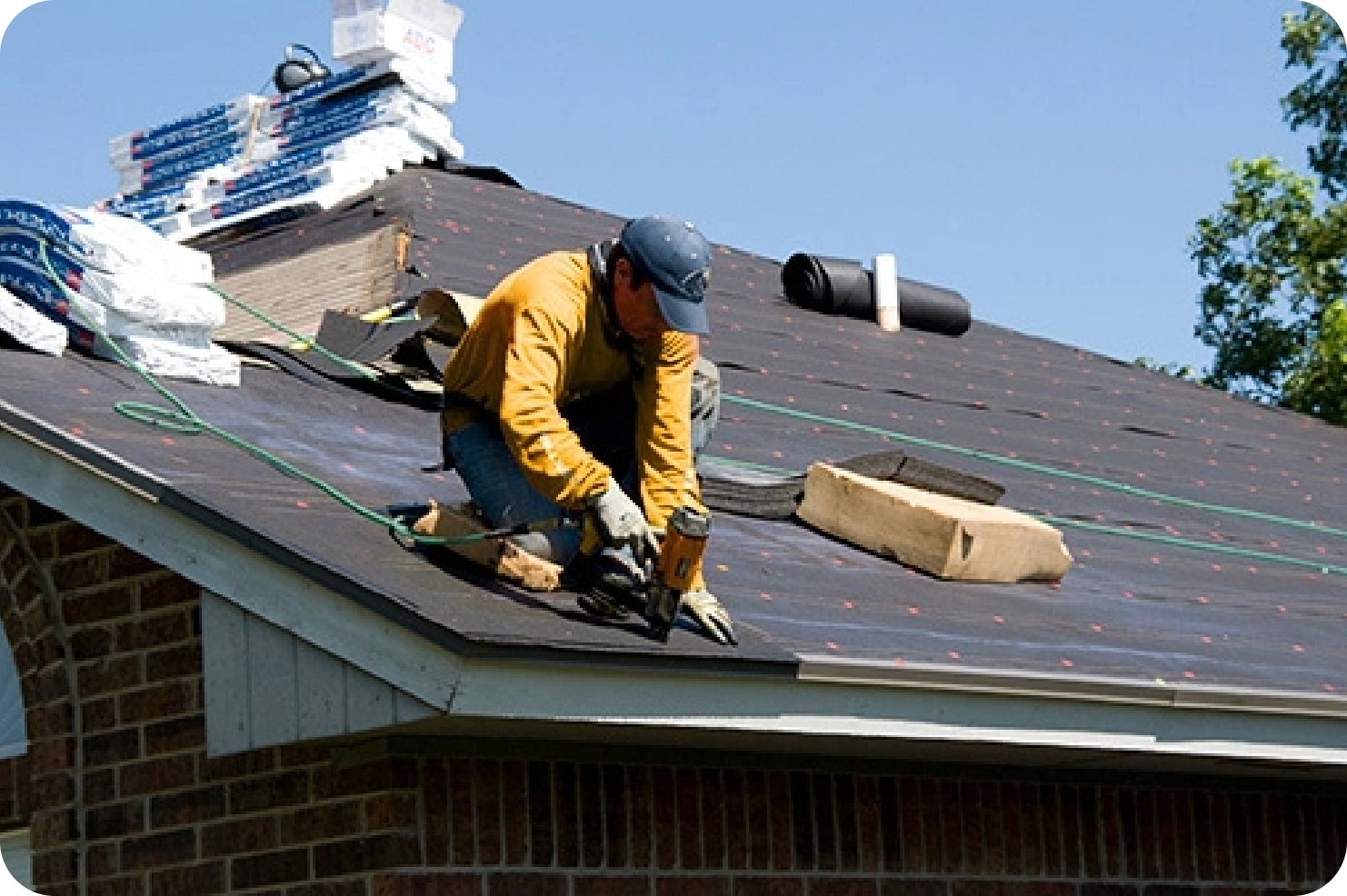How to Review Different Roof Covering Choices for Your Structure Requirements
Examining roof alternatives for your building needs a thorough approach that thinks about various elements such as the planned usage of the framework, regional climate problems, and product characteristics. It is essential to weigh the advantages and drawbacks of different roof kinds, from asphalt shingles to metal and clay ceramic tiles, while likewise considering first expenses and long-term maintenance. In addition, comprehending power efficiency and visual charm can influence your decision. As you ponder these factors to consider, one concern continues to be: which variables will inevitably direct your option for a sustainable and aesthetically pleasing roofing solution?
Assessing Your Building's Needs
To effectively assess roofing choices, begin by thoroughly examining your building's demands. Begin by taking into consideration the structure's intended use, as different structures may require differing roof requirements. Domestic roofs frequently focus on aesthetics and insulation, while business structures might concentrate on durability and load-bearing capability.
Following, assess the regional climate conditions that will certainly impact roofing efficiency. Factors such as temperature level variations, rainfall levels, and wind patterns can influence product selection and style. A roofing system that excels in a pleasant environment may not carry out also in areas vulnerable to heavy snowfall or severe heat.
Furthermore, analyze the architectural honesty of your building. Guarantee that the existing structure can sustain the selected roof materials, specifically if thinking about larger alternatives. It is likewise critical to assess any kind of neighborhood structure codes or regulations that may dictate certain requirements for roof covering systems.

Contrasting Roof Covering Products
When a detailed analysis of your structure's needs has actually been finished, the following step entails comparing different roof covering products. Each material supplies distinct advantages and downsides, making it important to align your option with your specific requirements and conditions.
Asphalt tiles are extensively acknowledged for their affordability and ease of installment, making them a preferred alternative for household structures. On the various other hand, steel roof, known for its durability and durability, can stand up to severe weather yet may include a greater first financial investment.
Clay and concrete ceramic tiles offer superb thermal insulation and visual allure, specifically for Mediterranean-style style, yet they need a more robust structural support due to their weight. Wood shakes deal a natural look and excellent insulation residential properties yet may demand more maintenance and are at risk to fire threats.
Examining Expense and Budget
Assessing your roof alternatives requires a cautious examination of expense and spending plan factors to consider. The overall allocate a roof covering task comprises a number of elements, including material expenses, labor costs, upkeep, and prospective long-lasting savings. It is necessary to develop a clear budget prior to discovering specific roof products, as this will certainly direct the decision-making process and aid you stay clear of overspending.
Begin by acquiring quotes from multiple professionals to understand labor expenses in your region. Guarantee that these price quotes include all needed solutions, such as elimination of the old roofing, installment, and any additional features, like insulation or ventilation enhancements - Sylvania Roofing Contractor. Next, assess the expense of different roofing materials, taking into consideration both preliminary setup expenses and expected life expectancy

Recognizing Power Efficiency
Power effectiveness plays an important role in the option of roof Discover More covering products and systems, dramatically affecting both power intake and general comfort within a building. An appropriate roof can enhance thermal performance, reducing the need for home heating and cooling systems, which in turn decreases power bills and decreases environmental effect.
When evaluating roof covering options, think about materials that show rather than take in warm. Light-colored or reflective roof covering products can considerably lower roof covering surface area temperature levels, leading to lower energy use during hot months. Furthermore, correct insulation and ventilation are vital to optimize the power efficiency of the entire roofing system. Insulation protects against warmth transfer, while ventilation reduces heat build-up in the attic room room.
One more crucial variable More about the author is the roof's longevity and upkeep requirements. Durable products that require much less regular replacement add to lasting power savings. Moreover, the power performance of a roof can likewise be analyzed through its conformity with recognized sustainability ratings such as power STAR or LEED.
Thinking About Aesthetic Charm
A roofing's aesthetic charm dramatically influences the total appearance of a building, enhancing its building style and boosting aesthetic charm. Roofer. When reviewing roofing options, it is important to consider just how the selected material, shade, and style will harmonize with the existing structure and neighborhood. A properly designed roofing system can raise even the most basic of structures, transforming them right into visual focal factors
Various roofing materials supply various aesthetic qualities. As an example, typical roof shingles might evoke a timeless charm, while steel roof can present a modern-day, sleek look. Furthermore, the shade of the roofing material plays an important function; lighter tones can make a building show up even more sizable, while darker tones might develop a cozier atmosphere.
In addition, architectural elements, such as dormers and eaves, can improve the roof covering's visual impact. It is recommended to talk to expert developers or designers to guarantee the chosen roof covering option lines up with the overall design intent. Inevitably, a roof covering should not only supply useful benefits yet additionally add positively to the building's aesthetic, mirroring the proprietor's preference and the personality of the surrounding setting.
Conclusion
